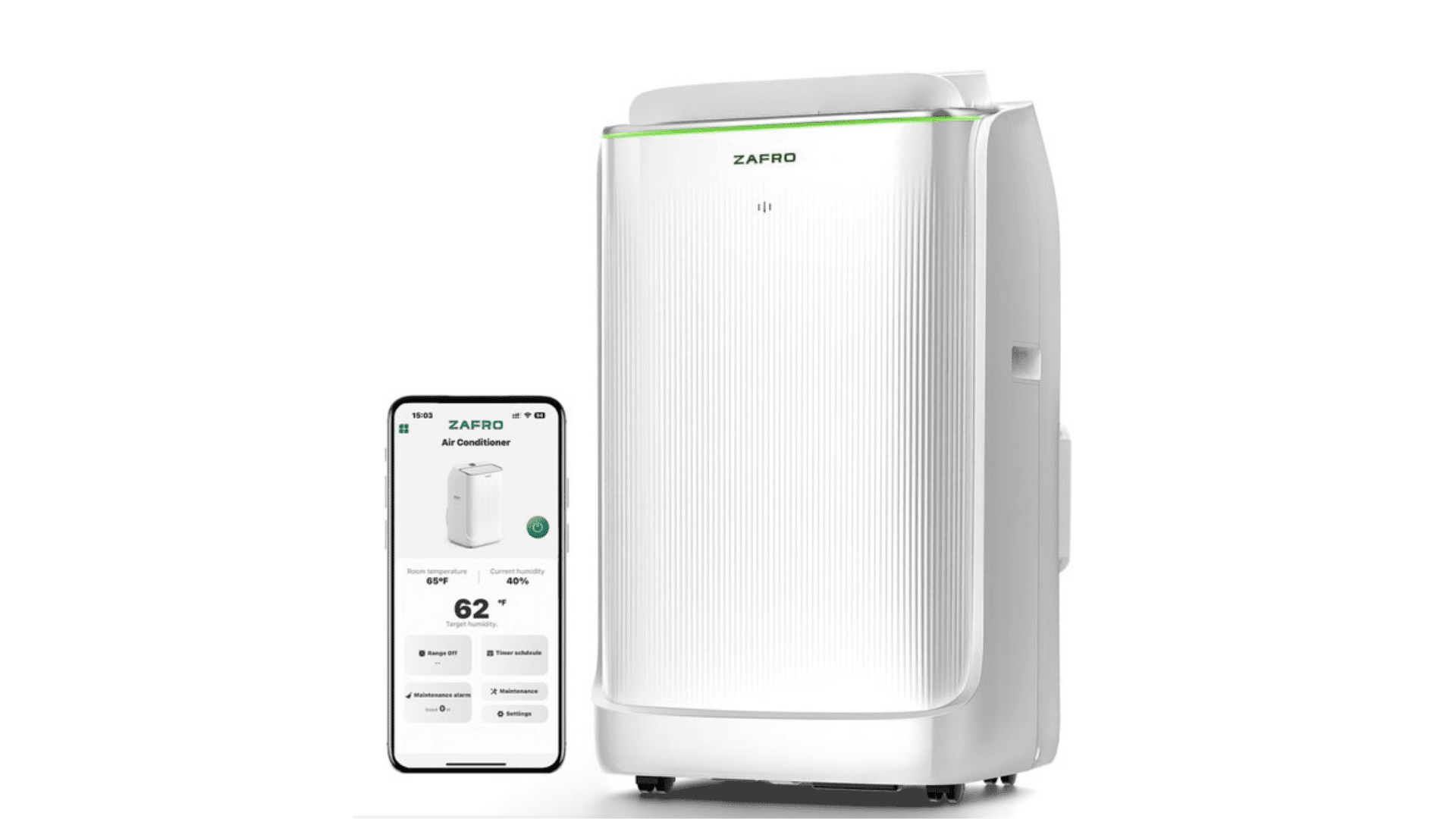You may not know as much about vitamin supplements as you think B4 watching this episode of Tomorrow’s World Today. In this installment, Correspondent Darieth visits New Chapter headquarters in Vermont to learn about the innovation behind vitamin fermentation and how it can help the body absorb more nutrients. Vitamin supplements can be incredibly beneficial ways to supplement your diet and how vitamins are made can be a process that requires a lot of precision and specific manufacturing mechanisms.

Why Vitamin Supplements?
There are 13 essential vitamins that the human body needs to survive and function properly. If you have a healthy, balanced diet you’ll likely get all of the proper amounts of each of these vitamins through diet alone; but for those who don’t eat enough vitamin-rich foods, it can lead to a series of body issues. Just a few of these include unhealthy bones, hair loss, and mouth ulcers. For this reason, vitamin supplements are a great option to fill in any gaps you may have in your nutrition. The difference between the vitamins themselves and vitamin supplements is that vitamins are naturally occurring substances found in food while vitamin supplements are created in a lab from plant or animal products. Let’s explore how vitamins are made.
Preliminary Steps
The process of creating vitamin supplements starts with the purchase of raw vitamins and ingredients from distributors. When those ingredients have been received, along with a Certificate of Analysis, they’re tested by an independent lab for identity, potency, and any possible bacterial contamination.
Once the ingredients are confirmed to be accurate and safe, they will move on to the next preliminary step. Some raw vitamins arrive to a manufacturer as a fine powder, but if they don’t they will be run through a mill and ground. Vitamins may also be preblended with a filler ingredient such as microcrystalline cellulose because it produces a more even granule.
The vitamin particles need to be a certain size in order to properly run through a tableting machine. Some arrive from the distributor at the correct size, but for those who don’t, they’ll need to go through a wet granulation process. This is where the vitamin powder is mixed with a variety of cellulose particles, wetted, dried in a dryer, then run through a mill so they come out at roughly the size of a dime.

Weighing & Mixing
A worker will then gather all of the vitamin ingredients for the recipe and weigh them to scale. After they have the correct amount of each ingredient, they’re placed into a mixer. The ingredients will spend 15-30 minutes in the mixer with the goal that they will all be evenly distributed throughout the mixture. To verify this, samples of the mixture are taken to be tested by lab technicians. Once the mixing is done and the samples are tested, the formula will be taken either to an encapsulating or tableting machine.
Encapsulating
If the ingredients are to be sent to an encapsulating machine, they’re dumped into a hopper. While the vitamin mix flows through one hopper, another hopper holds gelatin capsules. The capsules are broken in half, the bottom half falling through a funnel into a rotating dosing dish. The machine pushes the precise amount of vitamin mixture into each capsule and then the top halves are pushed back onto each capsule. The vitamin capsules are then run through a polishing machine which removes any excess vitamin powder from the outside of the capsule. Finally, they’re inspected to make sure they’re not split or dimpled before being sent to packaging.

Tableting and Coating
On the other hand, if a vitamin is meant to be made into a tablet it will be made using a tableting machine. After the blend is mixed, it’ll be poured into a hopper above the machine and from there it will flow from a filling station and then a rotating table. The table has holes on the outside edge which holds dies in the shapes of the desired tablets. The vitamin powder will fill the die and then get sent to a punch press, where the pressure from the upper and lower halves of the punch press meeting will compress the powder into the tablet. After that, any excess vitamin powder is dusted off and the tablet is coated to help it become easier to swallow. Finally, it will be sent to the packaging department and then shipped out to your local pharmacy.
Learn more about the World of Production, and discover how microchips, swimsuits, and game controllers are made.







